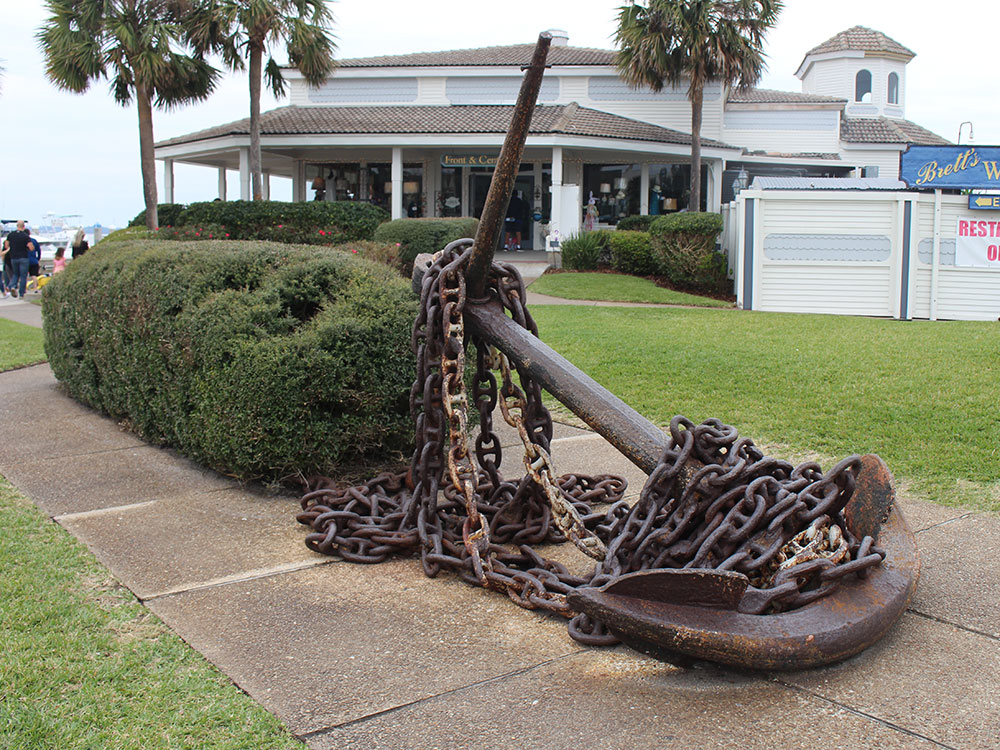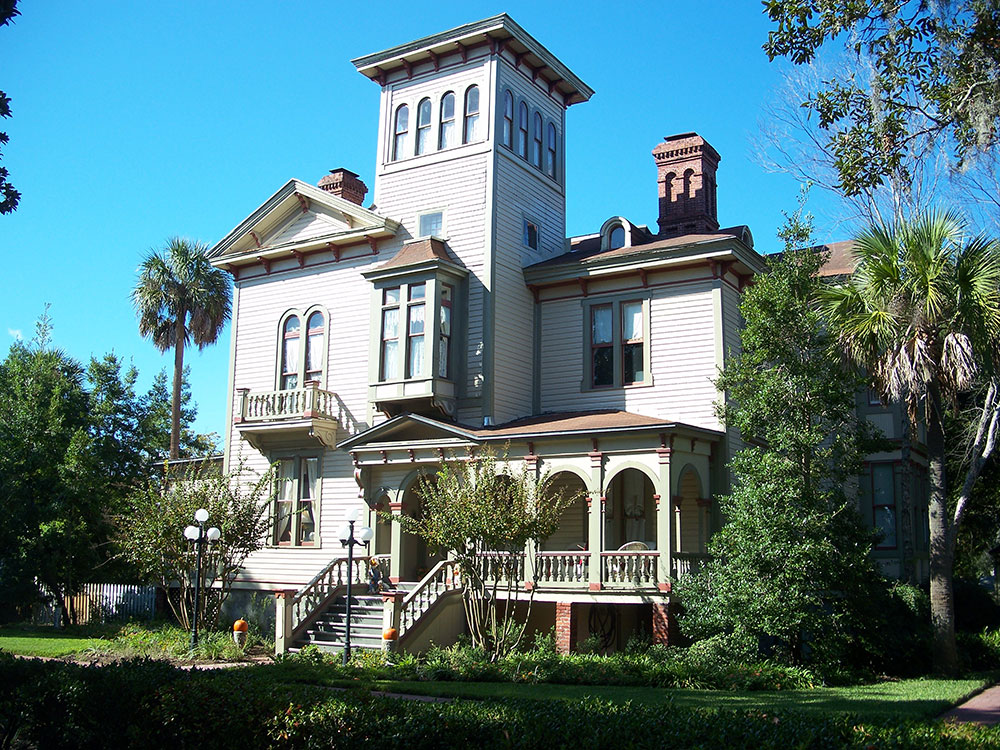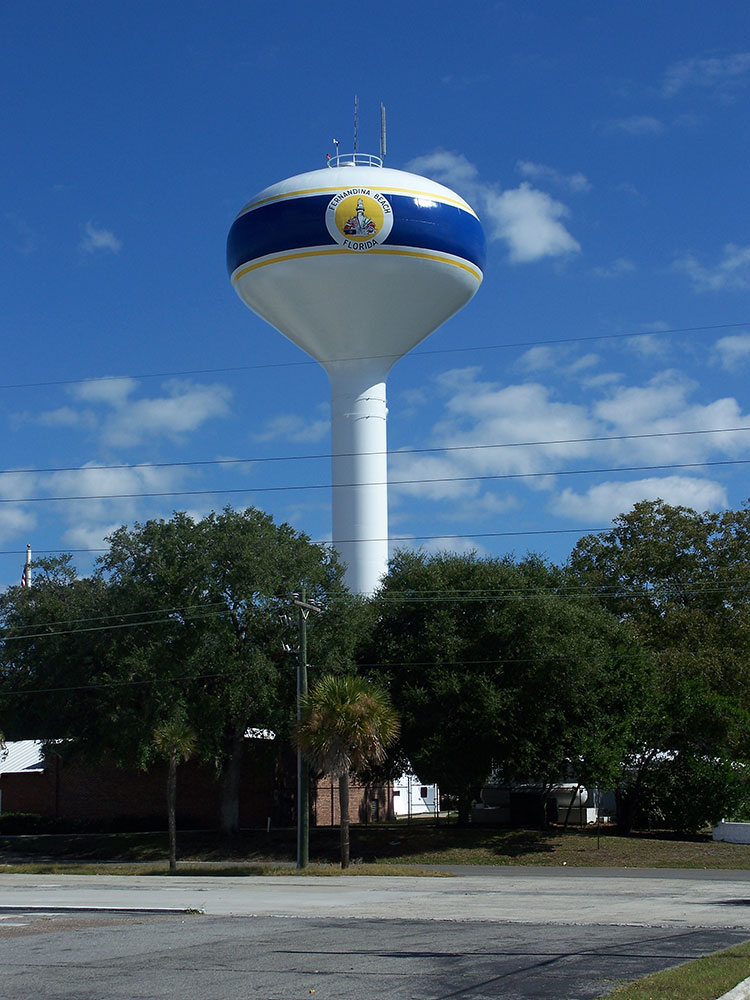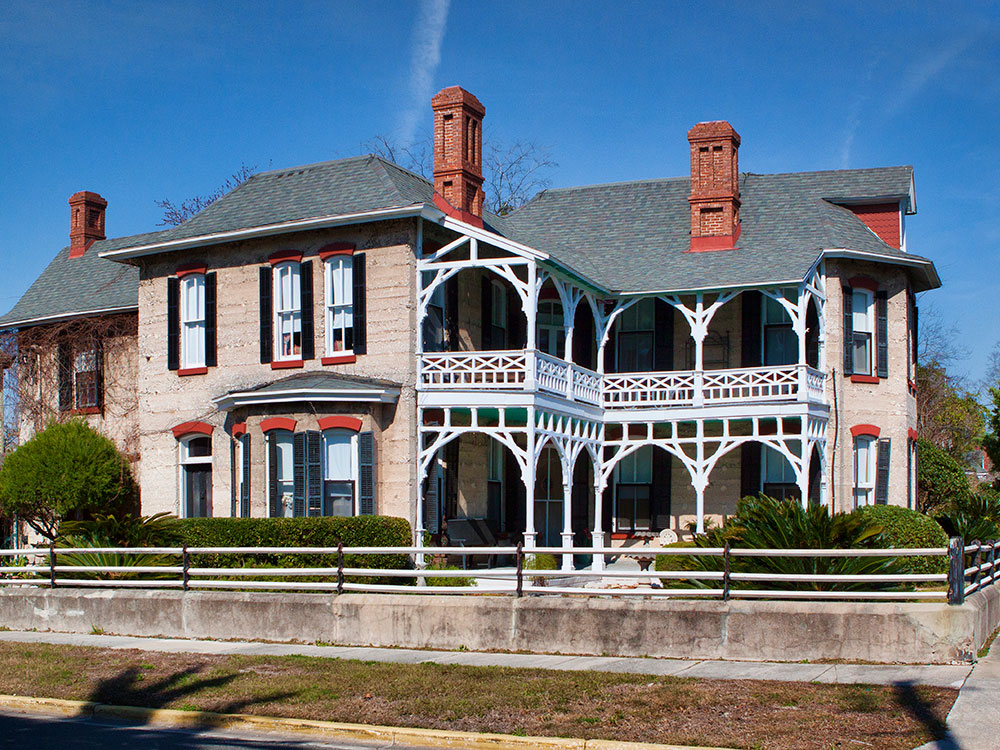Northernmost city on Florida's Atlantic coast, situated on Amelia Island
General Information
Open 6am to 9pm daily
How to Get There
Fernandina Beach is the northernmost city on Florida's Atlantic coast, situated on Amelia Island, and is one of the principal municipalities comprising Greater Jacksonville. The area was first inhabited by the Timucuan Indian people. Known as the "Isle of 8 Flags", Amelia Island has had the flags of the following nations flown over it: France, Spain, Great Britain, Spain (again), the Republic of East Florida (1812), the Republic of the Floridas (1817), Mexico, the Confederate States of America, and the United States.

The French, English, and Spanish all maintained a presence on Amelia Island at various times during the 16th, 17th, and 18th centuries, but the Spanish established Fernandina. The town of Fernandina, which was about a mile from the present city, was named in honor of King Ferdinand VII of Spain by the governor of the Spanish province of East Florida, Enrique White. Fernandina has the distinction of being the last Spanish city platted in the Western Hemisphere, in 1811.
On January 1, 1811, Enrique White, governor of Spain's East Florida province, named the town of Fernandina, about a mile from the present city, in honor of King Ferdinand VII.

- Original Town of Fernandina Historic Site
- Fairbanks House
- Historic Nassau County Courthouse
- United States Post Office, Custom House, and Courthouse (Fernandina, Florida, 1912)
- Fort Clinch State Park
Original Town of Fernandina Historic Site
The Original Town of Fernandina Historic Site, also known as "Old Town", is a historic site in Fernandina Beach, Florida, located on Amelia Island. It is roughly bounded by Towngate Street, Bosque Bello Cemetery, Nassau, Marine, and Ladies Streets. On January 29, 1990, it was added to the U.S. National Register of Historic Places as a historic site. Lying north of the Fernandina Beach Historic District, it is accessible from North 14th Street.
Prior to the arrival of Europeans on what is now Amelia Island, the Old Town site was home to Native Americans. The French, English, and Spanish all maintained a presence on Amelia Island at various times during the 16th, 17th, and 18th centuries, but the Spanish established Fernandina. Old Town, the original location of the town of Fernandina, has the distinction of being the last Spanish city platted in the Western Hemisphere, in 1811. The plat is based on the 1573 Law of the Indies, a document utilized by the Spanish to organize new towns established during their explorations.
The area within Old Town known as Plaza San Carlos was the plaza ground in front of the Spanish Fort San Carlos, which is no longer in existence. Today the Plaza San Carlos is maintained by the State of Florida as part of the State Park System. The plaza offers a space for nature study and picnicking.
This article uses material from the Wikipedia article "Fernandina Beach, Florida", and "Original Town of Fernandina Historic Site", which is released under the Creative Commons Attribution-Share-Alike License 3.0

